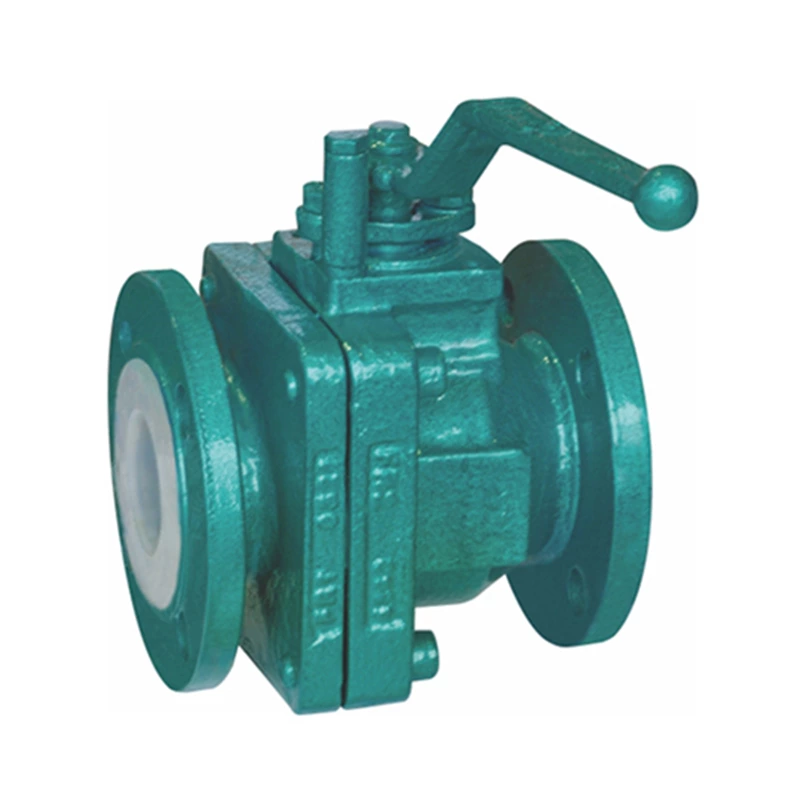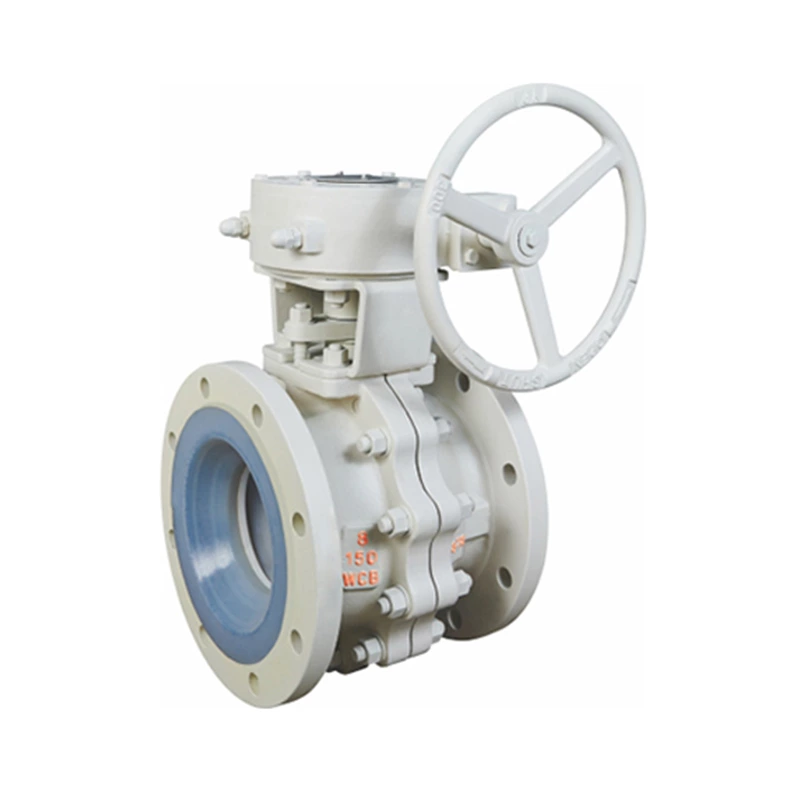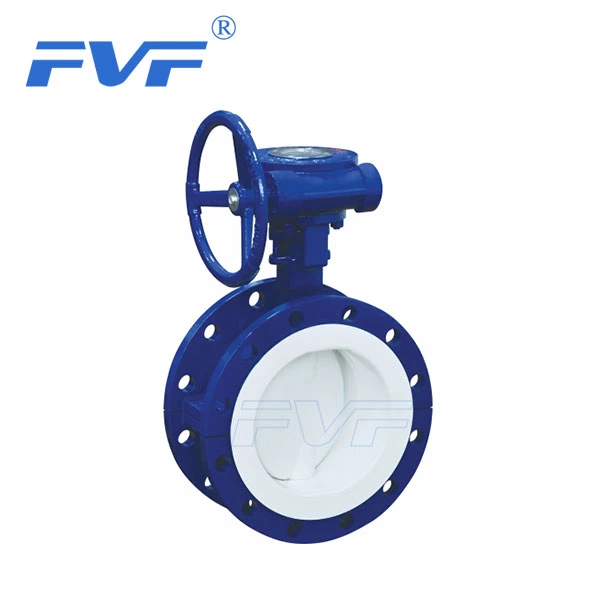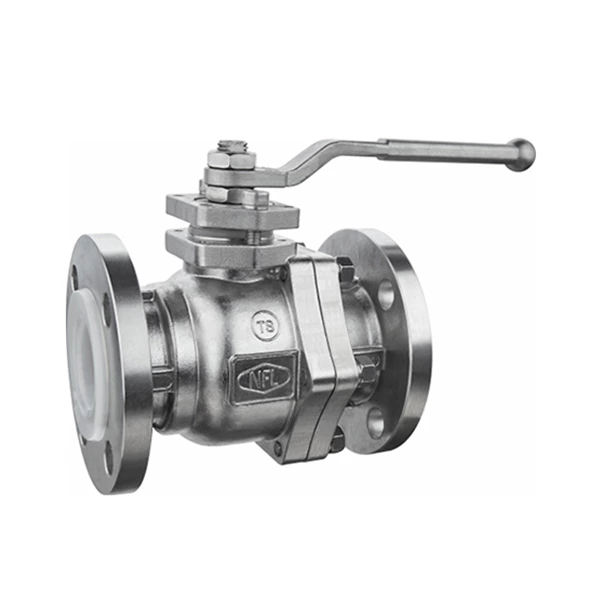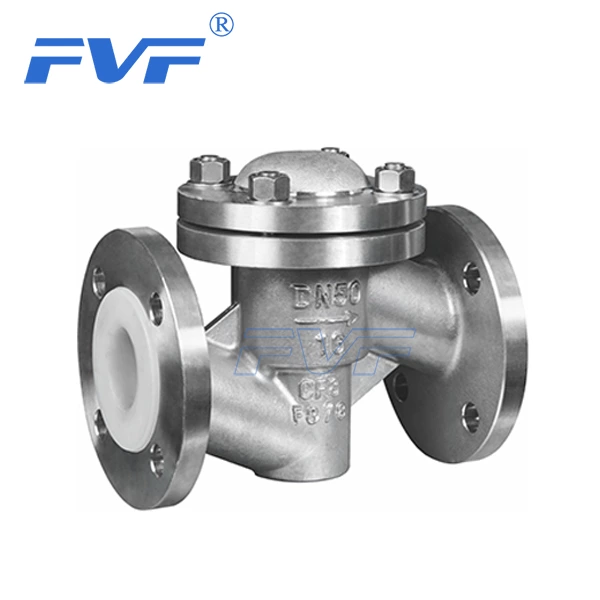Technical Issues Facing Power Station Valves
Lined Valve is also called a power station special valve. It is mainly used in the pipelines of various systems in thermal power plants to cut off or connect pipeline media. The following indicators are used to measure the quality of power station valves: sealing reliability, action response capability, strength, stiffness and life, etc. The valve is considered as the basic unit of the entire thermal equipment system, and there are requirements for fluid-solid coupling vibration and vibration control. To ensure these indicators, the following main problems need to be solved first.
1. Strength (should meet the requirements of life and stiffness)
The frequent start-up of the unit has a particularly prominent impact on the strength and service life of the valve, especially for steam turbines that use regulating valves for speed control. In the past, the focus of research was on the control of the valve. Now it seems that the strength problem cannot be ignored. Carolann Giovando, deputy editor-in-chief of "Power Engineering" magazine, wrote an article emphasizing that scientific researchers should not focus all their attention on control issues, but should pay attention to strengthening the research on valve strength, life and sealing, because they are the most basic conditions for valve operation.
(1) Due to the frequent start-up of the unit, the original main steam valve may not meet the new operating requirements. Because the main steam valve is generally designed according to the basic load, its strength is only assessed according to static pressure, temperature and creep during the design process, and there is no low-cycle fatigue life problem. Now that the operating conditions have changed, the original design may not meet the requirements. For this reason, it is necessary to consider the low-cycle fatigue life design during the design process to make the design conditions consistent with the operating conditions in order to achieve the purpose of extending the life.
(2) Due to the inaccuracy of the actuator stroke control, the valve core generates an impact load on the valve seat. Some power plants have experienced valve seat fragmentation, and the fragments were rushed into the steam turbine, causing a sharp drop in turbine output and serious damage to the rotor.
In addition, for high-pressure valves, there are also cavitation phenomena, original casting defects of the valve body, life analysis and prediction after cracks appear in the valve body, etc., which are worthy of further study.
2. Control (determining the reliability of valve action)
The control system failure of the main steam valve and the reheat steam valve is one of the five major accidents of the steam turbine, which is mainly manifested in the valve opening not being consistent with the design, including transmission mechanism failure, stroke advance and lag, which affect the strength and vibration of the valve. The valve opening control directly affects the working condition of the steam turbine, so it is highly valued and has become one of the core issues of research.
In recent years, in the research of valve reliability, intelligent valves are the main research direction. Intelligent valves have the function of self-judgment of working conditions and real-time self-adjustment. The key component of intelligent valves is the digital positioner. The digital positioner uses a microprocessor to accurately position the valve actuator, monitor and record the relevant data of the valve.
3. Leakage (internal leakage and external leakage)
(1) Leakage is not only the cause of vibration, but also external leakage can cause pollution, and internal leakage can cause energy loss. Solving the leakage problem can avoid vibration of the system to a certain extent, and at the same time it can also extend the life of the equipment and improve efficiency.
(2) The life of high-pressure valves of supercritical units is sometimes very short, and the packing needs to be replaced after a few starts. Researching new sealing packing or designing new effective sealing forms is necessary to extend the life of such high-pressure valves and improve operational reliability. -
At present, the level of valve assembly is constantly improving. Only by solving the above problems well can the comprehensive performance and better overall quality of the valve be guaranteed.
4. Vibration
Valve opening changes, poor dynamic performance of the actuator and valve body leakage are all causes of vibration. Vibration does little harm to the valve itself, but has a great impact on the entire unit, which is manifested in low-frequency oscillation.
There are two types of low-frequency oscillations in the unit: one is oil film oscillation, which is generated by the oil film of the support bearing when the unit is running at high speed or no-load; the other is steam oscillation, which is more complex than oil film oscillation. It vibrates under the action of steam excitation force and often occurs after the unit is loaded. Valve opening changes and leakage are important causes of steam oscillation. Data show that steam oscillation has destroyed machines in the United States and Germany, and 50 MW and 200 MW steam turbines have also destroyed machines in my country. Due to the lack of real-time data records at the time, the cause of the failure cannot be determined, but it is suspected to be related to the two low-frequency oscillations. It can be seen that it is very important to eliminate and reduce steam oscillations, which depends on systematic research on valve opening changes and excitation forces generated by leakage. The probability of steam oscillation can be reduced by reasonably designing the valve opening and closing stroke.
